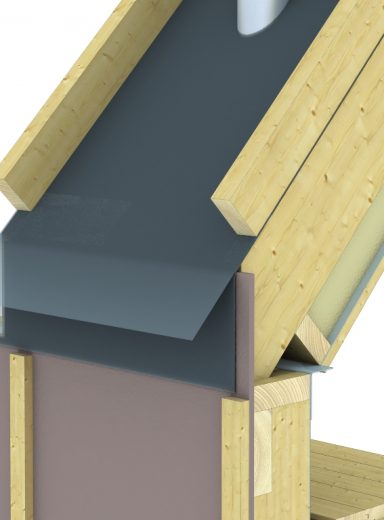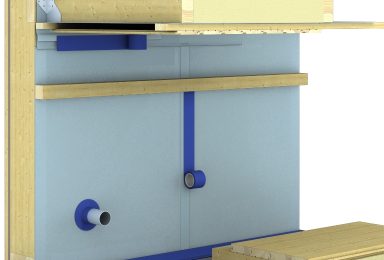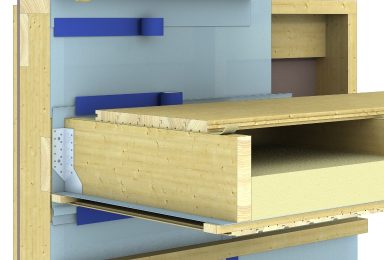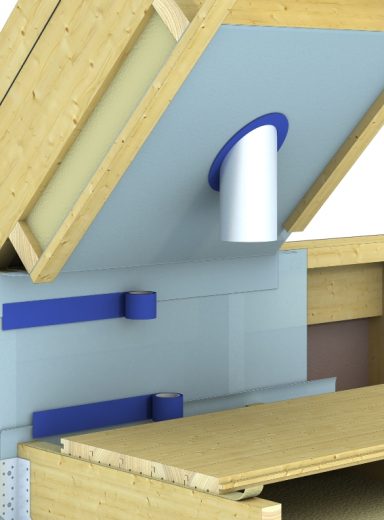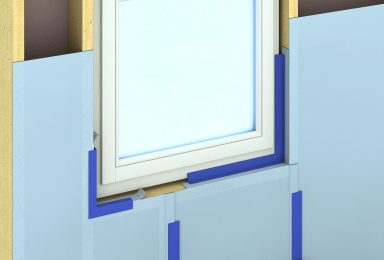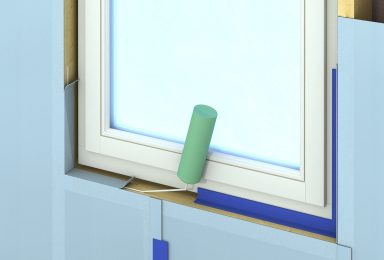Element house energy efficiency
Under energy efficiency, we mean controlled airflow in the construction. Achieving control over the movement of air is at the heart of today’s energy-efficient construction. An uncontrolled air movement design also involves the movement of moisture. In addition to the huge loss of energy, the wall structure is wet and the result of damage is mold, rot and other. The spores of mold spores that are in the air are very harmful to human health. Various moisture resistance vapor and air barriers should be used to prevent moisture damage.
The drying capacity of the structure must always be greater than the expected moisture load. In modern constructions, no simple vapor barrier should be used, but certified vapor and air barriers.
How we ensure the energy efficiency of element houses
We use special adhesive tape for window and corner joints and a natural latex based adhesive for fixing the edges of air and vapor barrier to concrete and wood.
We use certified air and vapor barrier systems. The certificate confirms the purpose of the system and the reliability of aging. This is necessary because the energy certificate is issued for ten years. After ten years, an energy audit will be performed again, and eliminating errors due to incorrect materials is very difficult and costly.
It is very important to have a high quality installation of the air and vapor barrier system in accordance with the prescribed instructions, which ensures good airworthiness of the house. The house can not be airtight without good and careful installation.
We control the energy efficiency of the element building we manufacture and construct with certified pressure tests. To prevent errors caused by air travel, building is necessary after air and vapor barriers, and it is necessary to perform air control or Blower-Door pressures before installing the inner lining. Before installing the inner lining and finishing the interior decoration, it is possible to correct the detected air leaks, as revealed by the pressure test.
Pressure is subjected to the so-called “pressure difference” method. Blower-Door, which generates an area or overpressure of 50 Pa in a building with a door or window hole mounted on a fan. Then, several times the whole space is measured, the air changes (1 / h) within one hour. The permissible air exchange is 3 / h, while the passive houses are 0,6 / h. In contrast to the thermal camera, the Blower-Door test can be performed at any time of the year.
ADHESIVE TAPE INSTALLATION
- The base of the roof and wall is covered with overlap
- The connections of the vapor barrier paper, the windows around, the roof, wall and ceiling joints are tapped
- The vapor bar around the window is fixed to the frame.
